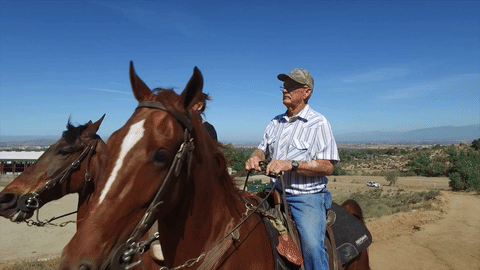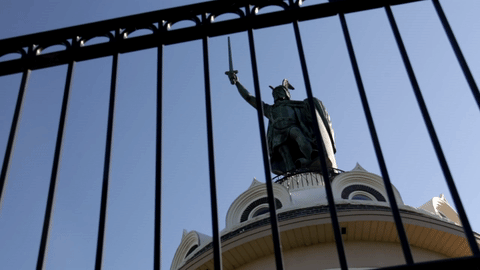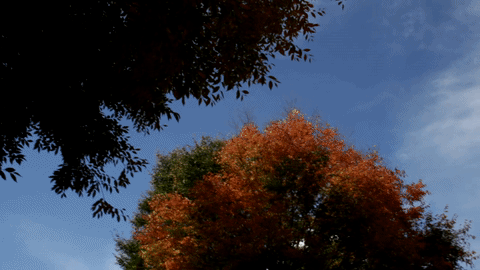CAMERA MOVEMENTS
IMPORTANT NOTES ON CAMERA MOVEMENT
Pan
A pan is a camera movement created by rotating the camera horizontally on a tripod. The goal of the shot is to move the camera at the same, fluid speed throughout the entire shot. Start the move a little bit before the desired composition, and end it just past where you envision the cut. This gives the editor some buffer room when putting the video together.
When doing a pan, make sure the image remains well composed throughout the movement. If you’re panning from one building to another, and there’s 100ft of empty parking lot in between them, a pan might not be the best option since the middle of the movement would show nothing but asphalt.

Tilt
All the same rules of a pan apply here, but the movement is vertical as opposed to horizontal.

Good Tilt
Note how the tilt moves at a constant speed, and the starting, middle and end positions are all relatively interesting to look at.

Bad Tilt
Here, the tilt starts off really fast, then slows way down, and at one point comes to a screeching halt. This shot would not be usable.
Rack Focus
Changing the focus between the background and foreground elements is a great way to guide the viewer’s eye through the frame, especially when there is a lot of depth in the shot.

Slide/Dolly
The slide or dolly shot is another great way to separate the foreground and background.
Make sure you try each shot several times until you get a smooth take with consistent speed and no shakiness.

The example above would be unacceptable

This is a good example
Tracking Shot
If you have access to a stabilizer/ steadicam, try moving with your subject.
NOTE: If you don’t have a steadicam, ALWAYS use a tripod. Handheld shots are rarely usable in the types of videos we produce.
To really spice things up, try combining several techniques into one!

Pan + Tilt

Slide + Rack Focus
